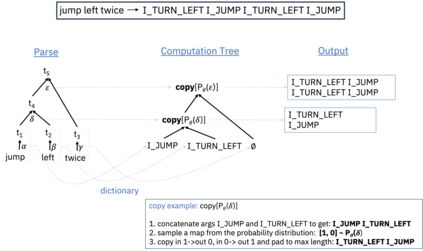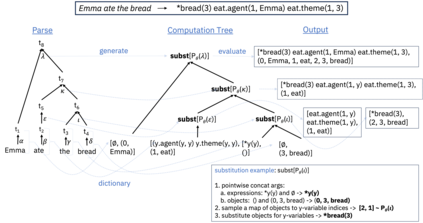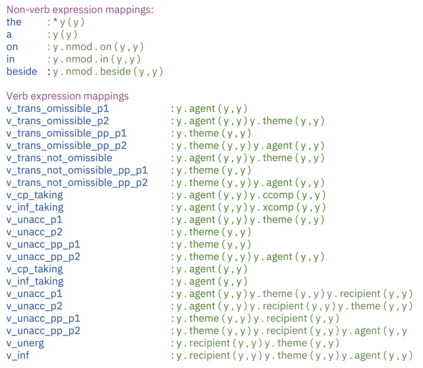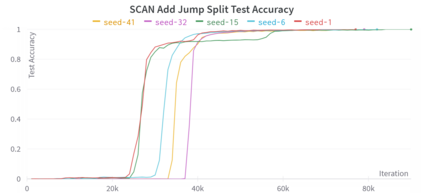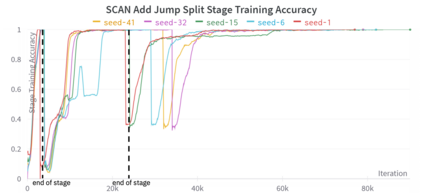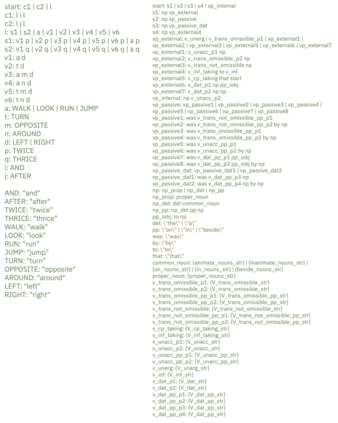Compositional generalization is a key ability of humans that enables us to learn new concepts from only a handful examples. Neural machine learning models, including the now ubiquitous Transformers, struggle to generalize in this way, and typically require thousands of examples of a concept during training in order to generalize meaningfully. This difference in ability between humans and artificial neural architectures, motivates this study on a neuro-symbolic architecture called the Compositional Program Generator (CPG). CPG has three key features: \textit{modularity}, \textit{composition}, and \textit{abstraction}, in the form of grammar rules, that enable it to generalize both systematically to new concepts in a few-shot manner, as well as productively by length on various sequence-to-sequence language tasks. For each input, CPG uses a grammar of the input language and a parser to generate a parse in which each grammar rule is assigned its own unique semantic module, a probabilistic copy or substitution program. Instances with the same parse are always processed with the same composed modules, while those with different parses may be processed with different modules. CPG learns parameters for the modules and is able to learn the semantics for new rules and types incrementally, without forgetting or retraining on rules it's already seen. It achieves perfect generalization on both the SCAN and COGS benchmarks using just 14 examples for SCAN and 22 examples for COGS -- state-of-the-art accuracy with a 1000x improvement in sample efficiency.
翻译:暂无翻译


